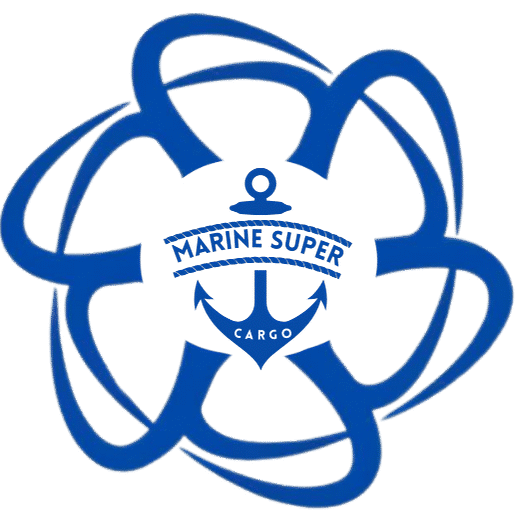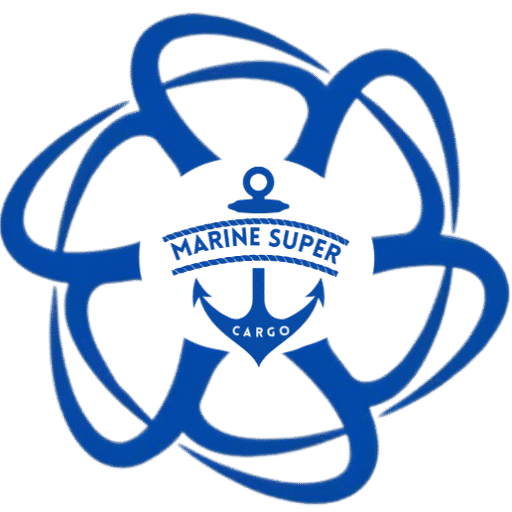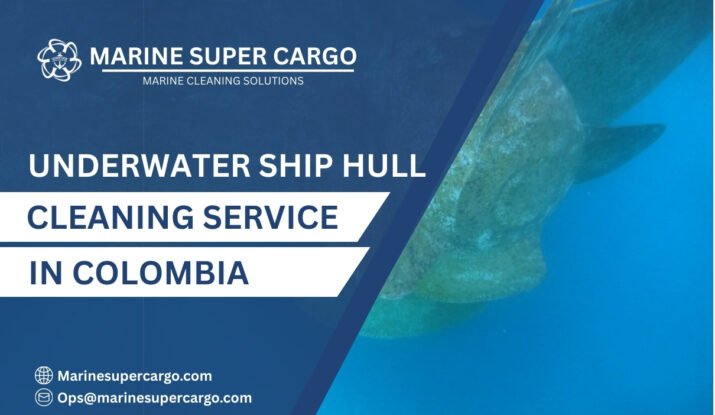Picture your ship slicing through the warm Caribbean or Pacific waters off Colombia like a speeding marlin—lean, smooth, and efficient. Now imagine layers of barnacles, algae, and other sticky marine hitchhikers clinging to the underside of your vessel, weighing it down like a heavy cloak and turning it into a sluggish turtle. That relentless drag is robbing you of speed, fuel efficiency, and even compliance with environmental laws. This is where underwater ship hull cleaning in Colombia steps in as your vessel’s best friend, armed with clever technologies and skilled divers to restore its agility underwater.
What Is Underwater Ship Hull Cleaning in Colombia?
Underwater ship hull cleaning in Colombia involves removing marine organisms—barnacles, algae, slime, and other fouling—from the submerged parts of a vessel. Unlike dry docking, this process is performed in-water, saving significant time and operational costs. Cleaning is carried out by professional divers using brushes and water jets or advanced robotic systems, ensuring the hull remains smooth and efficient. Services adhere to international maritime standards and environmental protocols, as outlined by IAPH, safeguarding both vessel performance and marine ecosystems.
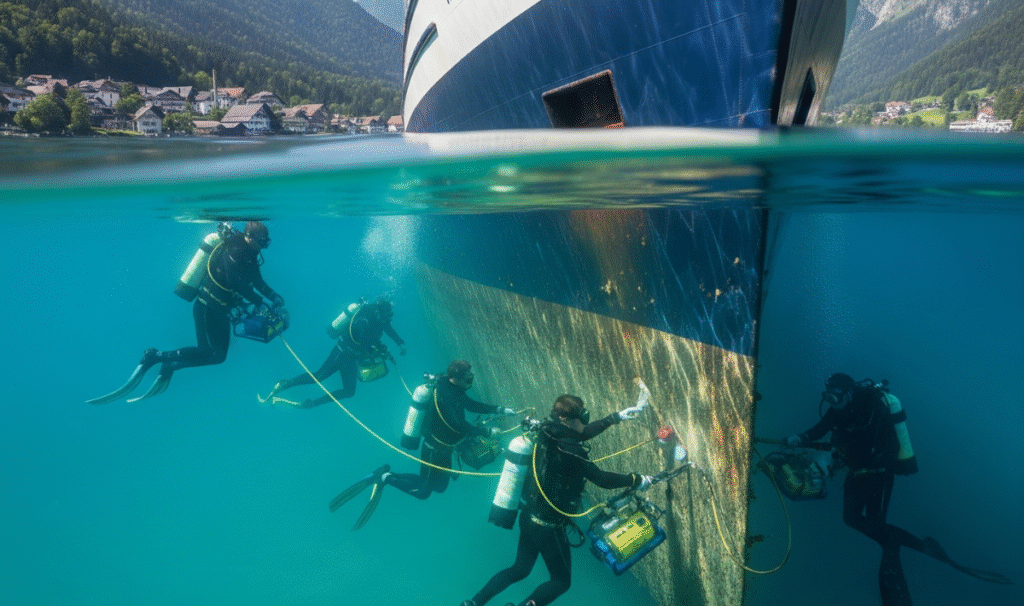
Why Underwater Ship Hull Cleaning in Colombia Matters
Fuel Efficiency and Cost Savings
Think of your ship’s hull as a racing boat’s sleek hull coating. When fouled, it’s as if you’re trying to sprint with sticky glue on your feet. This extra resistance increases fuel consumption—sometimes by as much as 30% in warm Colombian waters. Regular underwater cleaning slashes this drag, helping you save thousands in fuel costs over time and making your operations leaner and greener.
Environmental Impact and Compliance
Colombia’s strategic position between the Caribbean Sea and the Pacific Ocean means it’s a busy crossroads for international shipping. Managing biofouling actively in Colombian ports helps prevent the spread of invasive marine species, a top priority under the International Maritime Organization’s (IMO) biofouling guidelines. Certified cleaning providers in Colombia employ containment and eco-friendly techniques to protect the region’s rich marine biodiversity while keeping your vessel compliant with global environmental regulations.
The Usual Culprits: Marine Growth on Underwater Ship Hull Cleaning in Colombian Waters
In Colombia’s tropical and temperate waters, biofouling organisms such as barnacles, mussels, algae, slime, and calcareous deposits attach rapidly to hulls. This natural buildup acts like Velcro, roughening surfaces and corroding protective coatings. Left unmanaged, it severely impacts vessel performance and longevity. Professional underwater hull cleaning, guided by best practices and standards from IMCA, ensures safe, efficient removal of fouling while protecting both the vessel and marine environment.
Popular Methods and Technologies Used in Colombia
Diver-Led Cleaning Techniques
Colombian cleaning experts often send skilled commercial divers underwater, armed with rotating brushes, scrapers, and suction systems. These professionals delicately remove marine growth without damaging anti-fouling coatings, much like a paint restorer carefully refinishing a masterpiece.
Robotic and ROV Cleaning Systems
Some ports in Colombia also utilize remotely operated vehicles (ROVs) equipped with high-speed rotating brushes or water jet technology for faster cleaning jobs. These underwater robots venture where conditions might be risky or visibility is limited, ensuring thorough cleaning while enhancing diver safety.
Eco-Friendly Tools and Best Practices
Leading underwater hull cleaning providers in Colombia follow strict eco-friendly protocols aligned with MARPOL regulations. Closed-loop filtration systems capture debris and bio-waste during cleaning, preventing pollution. Biocide-free brushes, controlled abrasive tools, and responsible disposal policies ensure that vessels receive thorough cleaning while protecting marine ecosystems, supporting both operational efficiency and Colombia’s commitment to sustainable shipping practices.
Key Ports and Service Providers in Colombia
Major Colombian ports such as Cartagena, Barranquilla, and Buenaventura are hubs for underwater ship hull cleaning services. Companies like Cleanship.co have become trusted names, offering 24/7 cleaning, inspections, and maintenance tailored to diverse vessel types, including cargo, cruise, and fishing fleets.
How to Choose Your Underwater Ship Hull Cleaning in Colombia Partner
Look for providers with proven industry experience, certified divers, and a track record of environmental stewardship. Transparency in pricing, use of state-of-the-art equipment, and adherence to international standards like ISO 14001 are indicators of a professional and reliable service.
Maintenance Tips: When and How Often to Clean?
In Colombian waters, biofouling can build up quickly due to the warm climate and nutrient-rich seas. Experts typically recommend cleaning every 3 to 6 months, particularly after long tropical voyages or before regulatory inspections. Scheduling hull cleaning during cargo loading or port stays can save valuable operating time.
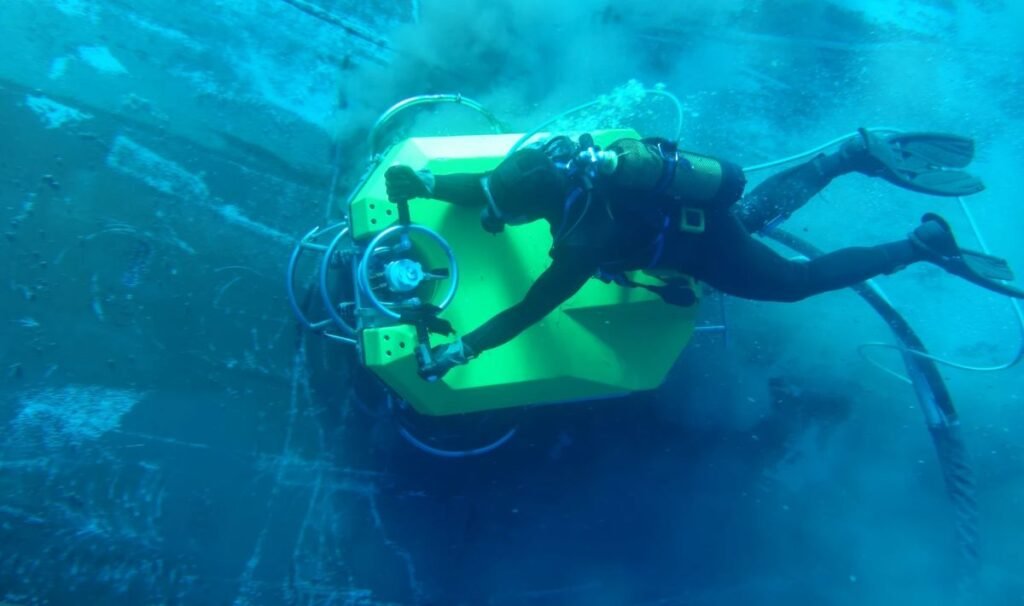
Real Benefits: Success Stories from Colombian Shipping
Shipping companies that invest in professional underwater ship hull cleaning in Colombia are seeing measurable results—improved vessel speed, fuel savings of up to 20%, and longer intervals between expensive dry dockings. One satisfied client called the change “transformative—my fleet sails faster, burns less fuel, and keeps the environment happier.” Trusted providers like CleanShip.co deliver these outcomes through expert techniques, ensuring both operational efficiency and environmental responsibility for Colombia’s growing maritime industry.
Conclusion: Keeping Your Ship Sleek and Efficient in Colombia
Underwater ship hull cleaning in Colombia isn’t just a maintenance task—it’s a strategic investment that keeps your vessel racing like a marlin across the ocean, cutting through resistance and saving you money. Backed by skilled divers, cutting-edge technology, and eco-conscious practices, these cleaning services ensure your ship stays compliant, efficient, and ready to face the waves. So why settle for sluggish when you can sail sharp? Dive into underwater ship hull cleaning and let your Colombian voyages be smooth, swift, and sustainable.
FAQ:
Q1. What exactly is underwater ship hull cleaning in Colombia?
It’s the process of removing marine growth and slime from a ship’s submerged hull without dry docking, using divers or robotic tools to improve performance and compliance.
Q2. Why is regular hull cleaning critical in Colombian waters?
The warm, nutrient-rich waters accelerate biofouling, which increases drag and fuel consumption, affecting both operational costs and environmental compliance.
Q3. How often should ships schedule underwater ship hull cleaning in Colombia?
Generally, every 3 to 6 months, depending on vessel routes and fouling levels, with more frequent cleaning advised after tropical passages.
Q4. Are underwater cleaning services in Colombia environmentally safe?
Yes, certified providers use eco-friendly practices like closed-loop filtration and gentle cleaning tools aligned with IMO and ISO environmental standards.
Q5. Which Colombian ports offer the best underwater ship hull cleaning services?
Key ports include Cartagena on the Caribbean coast, Barranquilla, and Buenaventura on the Pacific coast—each with top-notch, 24/7 cleaning and inspection services.
